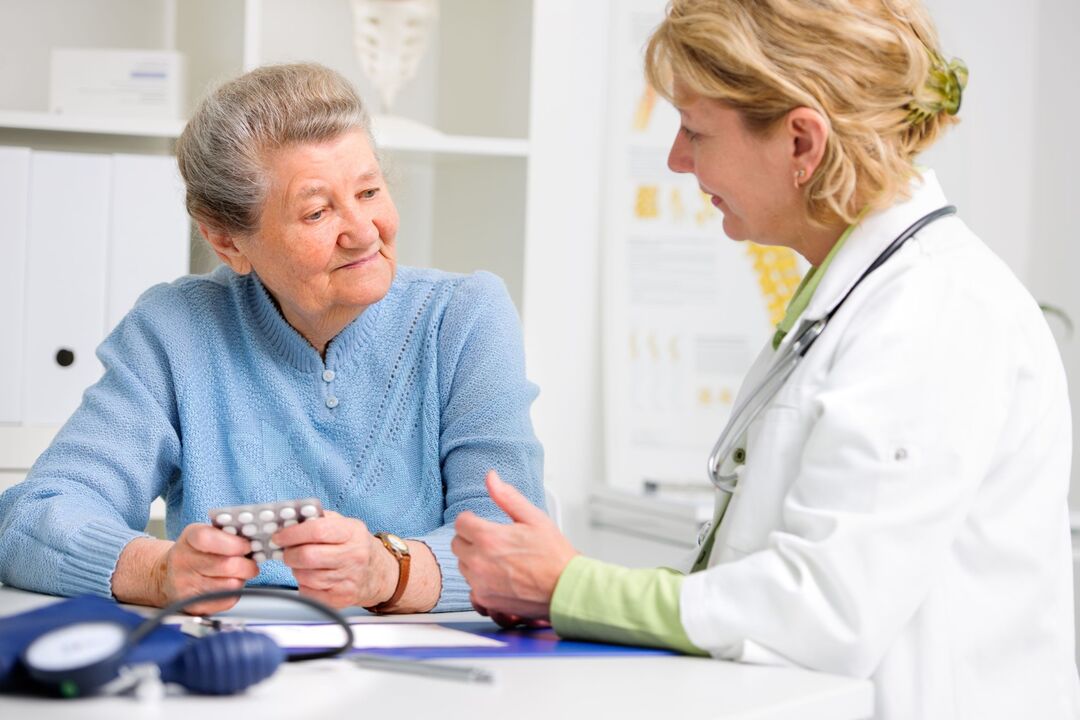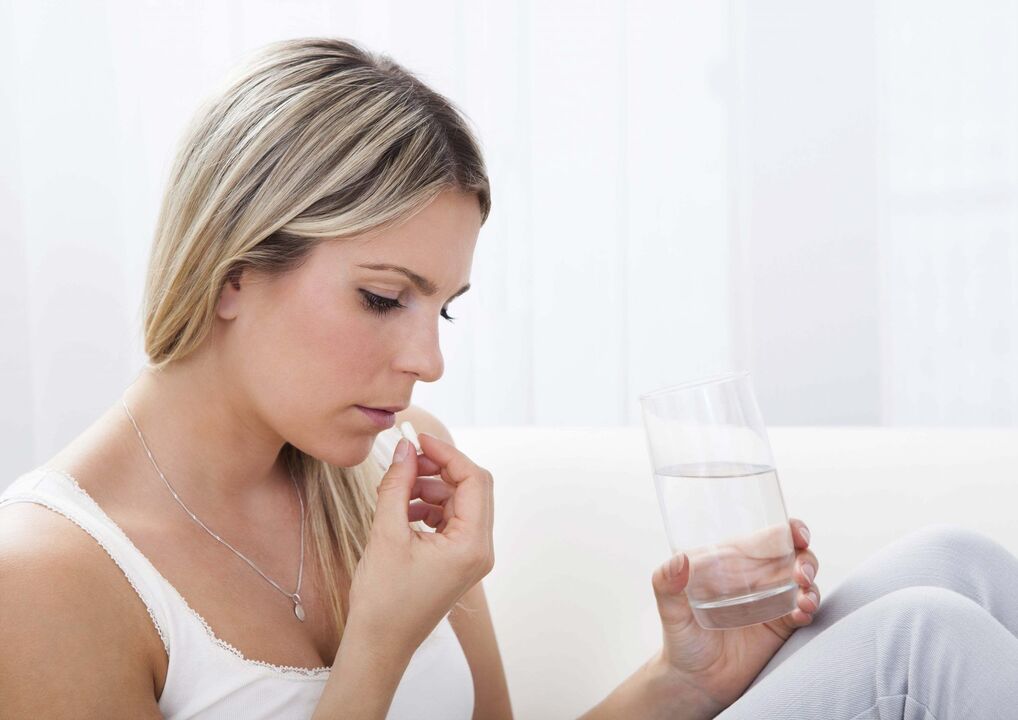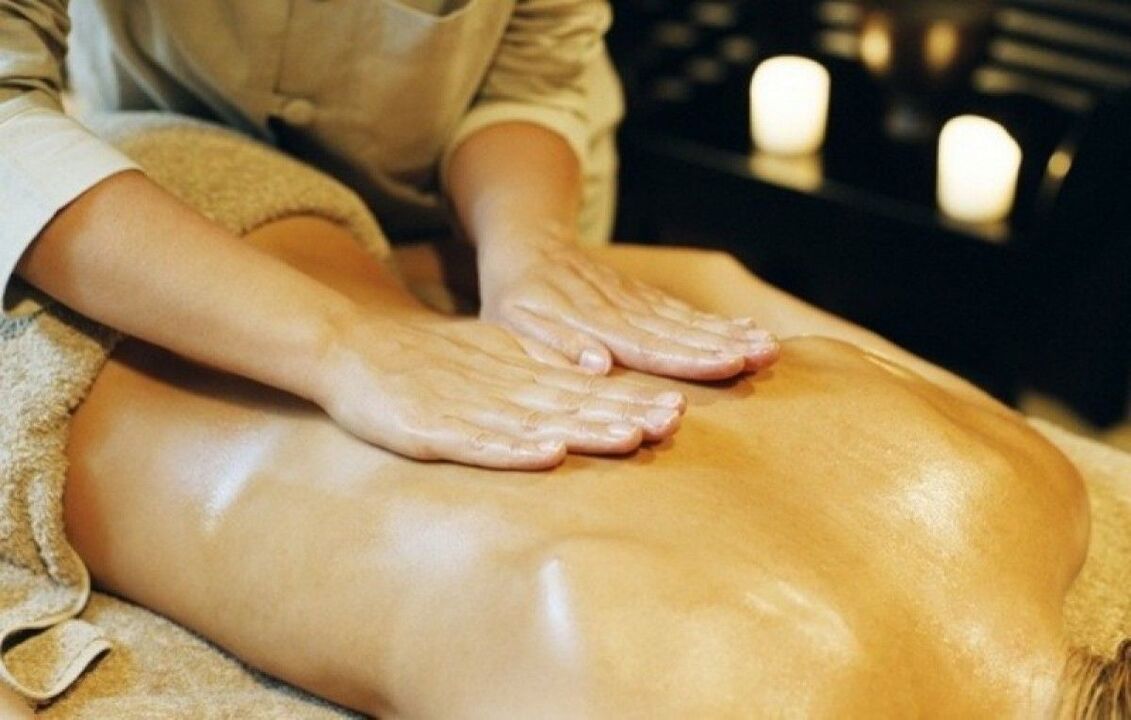Hello dear readers. Diseases of the spine are one of the most pressing medical problems of humanity today. More and more young people complain of pain in various parts of the spine, although not so long ago this pathology mainly concerned the older generations. That is why effective treatment of osteochondrosis is so actively discussed everywhere. How to get rid of pain in the spine is the topic of this article. Due to the effects of gravity, as a penalty for walking upright, as well as other factors, the structures of the spine wear out prematurely.
What is osteochondrosis?
Insufficient nutrition of cartilage tissue leads to weakening of cartilage. The intervertebral layers lose their ability to withstand excessive loads. The vertebrae press against each other, literally crushing the intervertebral cartilaginous pads. This is how osteochondrosis develops.
At first, the cartilage tissue suffers, and then the vertebrae themselves become involved in the pathological process. The disease is chronic and is accompanied by severe pain.
Depending on the location of the lesions in the spinal region, several types of the disease are distinguished:
Cervical osteochondrosis
It is characterized by pain in the neck, shoulders, arms, head, dizziness, mild visual abnormalities, and noise effects.
Thoracic osteochondrosis
Back pain is reflected in the chest, sometimes surprisingly similar to heart pain.
Lumbar osteochondrosis
The pain is concentrated in the pelvis, peritoneum, lumbar area and radiates to the lower extremities.
Simultaneous damage to different vertebral sections may occur.

As the disease progresses, there are 4 main stages of the disease. An unpleasant feature of pathology is the low probability of detecting it at the beginning. This is due to the asymptomatic nature of the initial stage of development of osteochondrosis.
Chondrotic changes will be noticeable only on an x-ray, that is, they can only be detected by chance. Since there are no prerequisites for intentionally undergoing an X-ray examination.
Stages of chondrotic changes in the spine.
- Cartilage dystrophy, initial tissue degeneration.
- Individual foci of inflammation in the cartilage and microcracks are noted. There is discomfort and stiffness in the movements of the spine. Sometimes the cartilage is squeezed outward, forming bumps - bumps.
- Cartilage is replaced by bone formations. The mobility of the affected area is increasingly limited. Nerve roots and blood vessels become compressed, causing chronic pain to develop in and around the back. Displacements and hernias may occur.
- The disease affects the bone tissue and the cartilage is almost completely destroyed. The inflammation is extensive, complications appear. Certain areas of the spine completely lose mobility.
Causes of osteochondrosis
The causes of pathological changes in the cartilaginous structures of the spine have not yet been fully studied by medicine. However, scientists have identified several risk groups that are more likely to develop osteochondrosis.
These are people who lead a passive life, whose work involves a sedentary posture. Patients with excess body weight and metabolic disorders are also at risk of getting sick.

Spinal health among workers and professional athletes is also at risk.
Factors provoking the formation of pathological changes include
- prolonged lack of fluid in the body;
- inadequate diet that causes a lack of minerals;
- hormonal changes;
- emotional outbursts, stress;
- injuries, overload;
- staying in static positions that are not anatomically correct;
- foci of infectious lesions on the body;
- flat feet of any severity;
- congenital predisposition;
- muscular weakness;
- the pregnancy;
- aging of the body, natural wear and tear of tissues;
- harmful addictions;
- taking medications, poisoning of various etiologies;
- overweight, obesity;
- Sleeping on a mattress that is too soft and a high pillow.
Treatment methods
The therapy consists of an active phase and a rehabilitation process. Even if there are no lasting results for a long time, you can't give up. Recovery is very slow.
All of this requires patience, strong will and a high level of self-discipline. Success can only be guaranteed if there is an insatiable desire for recovery and a set of therapeutic and preventive measures.
It is very undesirable to limit yourself to self-medication. You should clearly understand that taking painkillers alone without changing your lifestyle will not give you any results other than temporary relief.
The disease will continue to actively develop. In addition, dependence on anesthetics and analgesics is formed.
Combined therapy provides not only pain relief, but also fights degenerative changes, restoration of mobility, relief of inflammation, prevention of complications and attempts to regenerate damaged structures.
Therefore they connect:
- medication and, if necessary, surgical intervention;
- therapeutic and preventive gymnastics;
- physical procedures;
- various types of manual therapy, including traditional massage, reflexology;
- removal of forceps, traction of the spine.
All this is prescribed and controlled by the doctor. The patient can use unconventional methods, but in agreement with the doctor. The patient must also report all successes and the occurrence of adverse reactions. This will allow timely adjustments to be made to the treatment regimen.
How to treat osteochondrosis at home.
In a family environment, effective treatment of osteochondrosis is quite possible. Your doctor will tell you how to get rid of pain in the spine not only with the help of anesthesia. The patient will need to follow her instructions and perhaps slightly modify the standard approach to spinal treatment.
We are mainly talking about regulating the load when performing a series of exercises and stretching the vertebral structures. In this case, it is necessary to focus on resistance and personal sensitivity.
Medications - medications for osteochondrosis
It should be emphasized right away that osteochondrosis cannot be overcome with medication alone. But they are an important and even necessary part of the healing process. Pharmacological drugs are used, as a rule, during exacerbation of the disease to relieve symptoms and relieve inflammation. As for the restoration of cartilage tissue, dietary supplements are used here, although with varying degrees of success.
The medicinal effects are aimed at:
- pain relief in various parts of the body;
- containment of inflammation and cessation of this pathological process;
- increased blood circulation;
- improve metabolism;
- increased nutrition of damaged tissues;
- return of mobility to the spine;
- restoration of cartilage layers;
- prevent the development of depression due to poor health.
Various groups of medications are used to solve the problems. If the effectiveness of any of them is low, the most effective drugs are administered with caution, since they have a greater number of possible adverse reactions.

- Anti-inflammatory medications (NSAIDs). A group of multifunctional non-steroidal drugs. Relieves inflammation, relieves pain, reduces fever. For osteochondrosis, analgesic creams, ointments and tablets are most often used.
- Antispasmodics, combined analgesics, local anesthetics. Helps eliminate muscle pain and headaches.
- Medications that dilate blood vessels. Helps eliminate headaches and numbness.
- Muscle relaxants. They relieve tightness and spasms, allowing you to eliminate the resulting muscle pain and swelling.
- Vitamin preparations (vit. B, A, E, C, multivitamins), mineral supplements. They supply the body with compounds necessary for cartilage tissue.
- Sedative medications: tincture of valerian, motherwort. Helps relieve stress from constant pain and normalizes sleep.
- Hormonal medications based on substances methylprednisolone, hydrocortisone. They are strong anti-inflammatory drugs.
- Chondroprotective agents. Restore cartilage.
Physical exercise
Spinal injuries have their limitations when it comes to performing special exercises. Therefore, it is recommended to take classes under the supervision of an instructor.
Therapeutic exercise will help eliminate pain, restore spinal mobility, and release compressed nerves and blood vessels. The exercises aim to develop the affected areas, strengthen and stretch the muscles.
The set of gymnastic techniques is more or less standard. But the duration, intensity and number of repetitions are determined individually.
With osteochondrosis, the probability of injury is high, so all actions are performed with caution. If discomfort or pain occurs, gymnastics should be suspended until the sensation disappears. After the action resumes.
You may need to reduce the load or replace this exercise with a similar, but more suitable one.
Treatment of osteochondrosis with folk remedies.
Traditional medicine has in its arsenal many simple, effective and safe recipes against osteochondrosis. They are used in the form of teas, tinctures, lotions, compresses, rubs, applications, ointments.
Medicinal herbs will help maintain the body, strengthen it, normalize its functioning and relieve unpleasant symptoms. These remedies can be purchased at any pharmacy or herbalist at an affordable price.
Effective compresses
The use of compresses will help eliminate painful attacks, swelling and inflammation of cartilage tissue. For this, irritating agents and heaters are used.
- Horseradish with apples. Horseradish root and a small apple are grated on a fine grater. The puree is mixed in equal parts and applied to the diseased area. Cover the top with a film and apply a warm bandage overnight. Treatment continues until the pain is eliminated.
- For the same purpose, compresses from other products can be used: grated radish, onion pulp, burdock leaves, cabbage. To enhance the anti-inflammatory effect, you can add honey.
- Vodka, mustard powder, camphor alcohol: 50 g each, mix with three beaten egg whites. The mixture is infused for approximately 10 hours and used as a compress for 3 days in a row, in the morning and at night. Then move on to the next recipe.
- 50 g of aloe leaf extract is mixed with 150 g of vodka and 100 g of honey. The compresses are also used twice a day for three days. Then go back to the previous recipe. These two remedies are used in turns, for 3 days each, without interruptions until the symptoms disappear.
Infusions and decoctions for osteochondrosis.
This group of home remedies is used for systemic effects on the body in order to provide anti-inflammatory, analgesic, strengthening and calming effects.
pineapples
Decoction: wash 4 green pineapples, chop them, add half a liter of water and boil for several minutes. Drink ¼ tablespoon. 1-3 times a day.
Tincture: pour 5 crushed ripe cones with seeds with a glass of alcohol (strong vodka), leave for 2 weeks, shaking the container daily. Drink a teaspoon after meals.
Birch buds and lingonberry leaves.
1 teaspoon each, prepare a glass of boiling water. Drink a little throughout the day.
Herbs
Teas from plants such as horsetail, mint, St. John's wort, motherwort, calendula, linden, milk thistle, chamomile, plantain, thyme, cinquefoil, sage and immortelle are also useful. They are used in various combinations or separately.
honey applications
For osteochondrosis, applications and lotions based on aloe juice and honey help. They are used individually or in a mixture.

A piece of gauze should be moistened in the product and applied to the sore spot under a warm bandage for at least 40 minutes. You can also simply lubricate the desired areas with them several times a day.
Rubbing
Rubbing the medicinal composition accelerates blood circulation, ensures deep penetration of the product into the body, warms it, stimulates active centers, relieves tension and eliminates numbness.
Suitable for rubbing with osteochondrosis:
- bear/badger fat;
- turpentine;
- alcoholic herbal tinctures;
- decoctions and infusions of medicinal plants;
- fir oil;
- special compounds.
Rub for severe pain: crush a packet of analgin (10 units), combine with a glass of alcohol, a small bottle of iodine and 10 ml of camphor alcohol. Rub your back only on the painful areas. May cause a burning sensation.
Therapeutic baths for osteochondrosis.
Similar procedures are carried out during the referral stage. Warm water is used with the addition of herbal decoctions and essential oils. It should be used before going to bed.
Baths help to relax, calm, relieve swelling and tension, eliminate numbness, pain and heaviness in the muscles. Here, decoctions are used in higher concentrations than when taken orally. But the same plants will do.



















